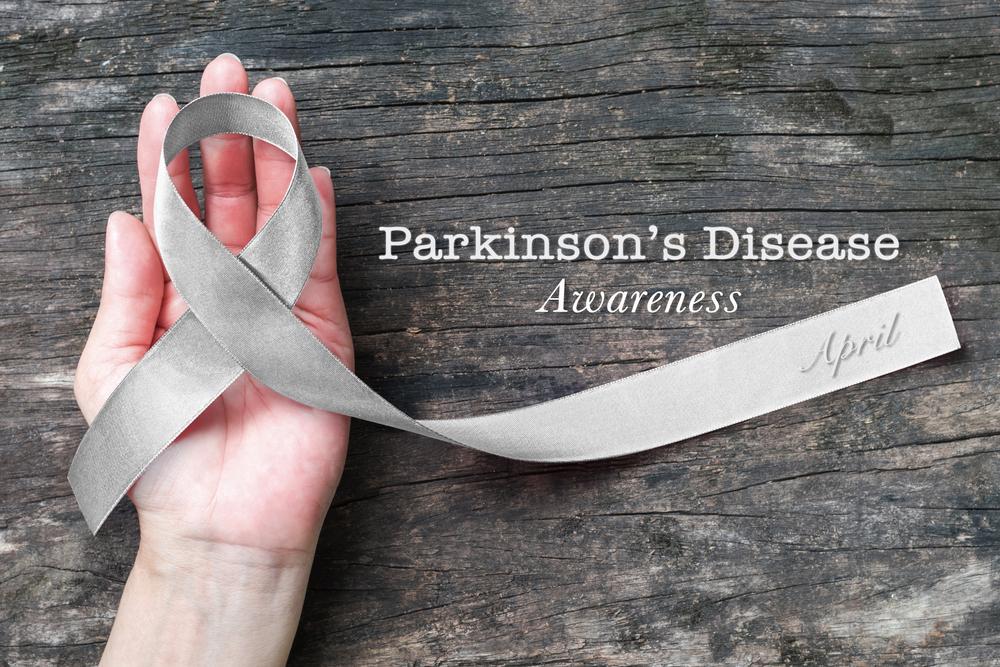Recognizing the Key Signs of Parkinson's Disease
Discover the early signs and symptoms of Parkinson's disease, a progressive neurological disorder. Recognize subtle changes like tremors, handwriting shifts, and stiffness to seek timely medical advice. Understanding these symptoms can lead to better management and improved quality of life. This overview highlights risk factors, progression, and the importance of early diagnosis for effective treatment.

Recognizing the Key Signs of Parkinson's Disease
Parkinson's disease is a neurological condition with an unknown cause, though it is treatable. It is a progressive disorder, meaning symptoms worsen over time. The disease involves the loss of nerve cells in the brain that produce dopamine, a vital neurotransmitter. Aging is the primary risk factor, especially for individuals over 60. Genetic and environmental factors may also influence the risk, but genetics typically play a minor role unless there is a family history.
The onset of Parkinson’s is gradual, often starting with subtle signs that can be overlooked. The earliest symptom is typically a barely noticeable tremor in a relaxed hand. Over time, other signs emerge, such as handwriting becoming smaller and more cramped, decreased arm swing during walking, and persistent stiffness that doesn't ease with movement. These clues are usually noticed by close acquaintances before the individual recognizes them.
As the disease advances, additional symptoms appear—people may lose their sense of taste, experience restless sleep, or fall out of bed. These signs signal increasing motor slowdown or hypokinesia. Other symptoms include constipation, urinary difficulties, hearing perception changes, dizziness upon standing, a stiff facial expression, and a stooped posture. If these symptoms are observed, consulting a healthcare professional promptly is essential to manage the condition effectively.










